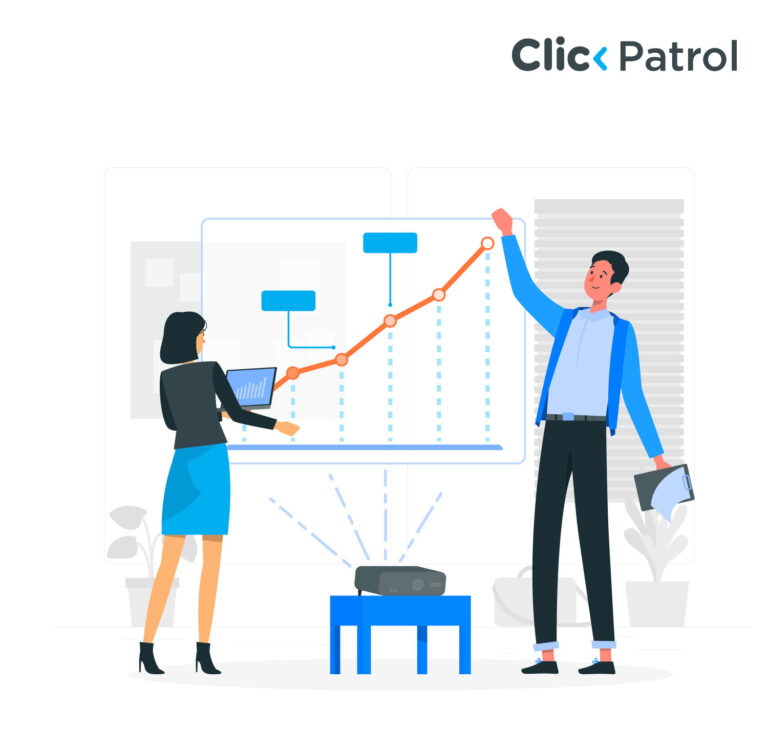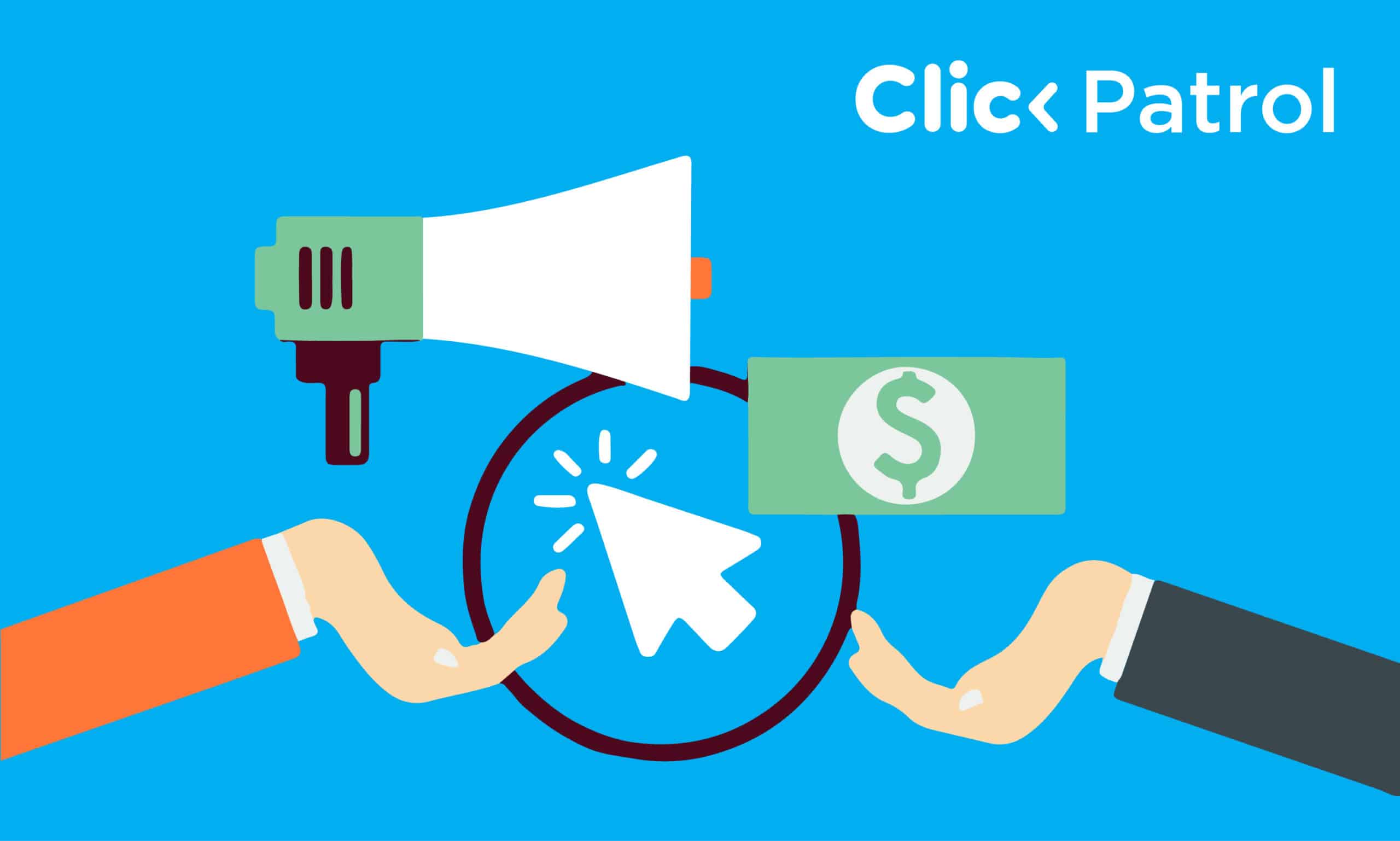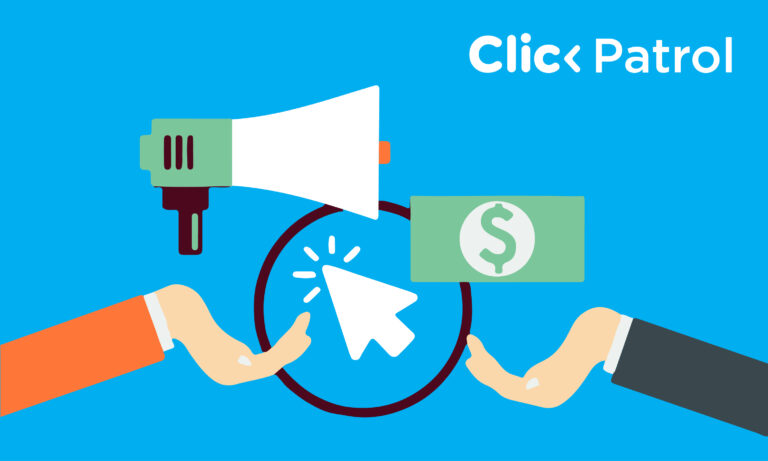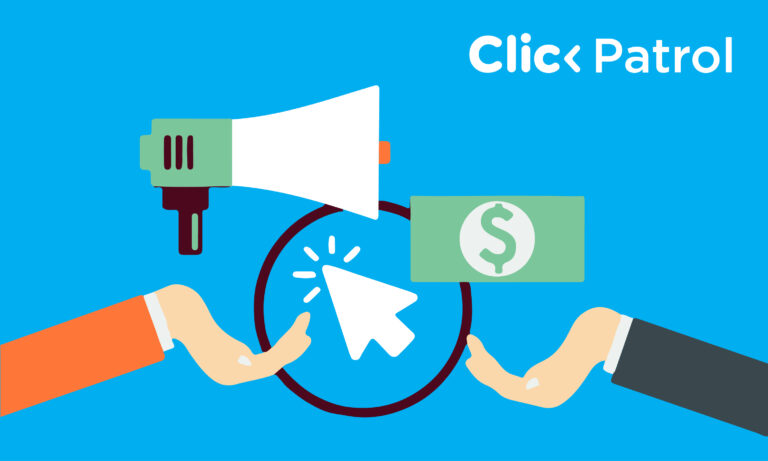
9 best alternatives to PPC: Cost-effective strategies for sustainable growth
Abisola Tanzako | Apr 18, 2025

Table of Contents
- How to combine multiple PPC alternatives for maximum ROI
- Top 9 PPC alternatives
- 1. How SEO helps reduce PPC dependency and boost organic traffic
- 2. Content marketing
- 3. Social media marketing
- 4. Email marketing
- 5. Affiliate marketing
- 6. Public relations (PR)
- 7. Influencer marketing
- 8. Referral marketing
- 9. Community building
- Achieving sustainable growth through diverse marketing strategies
- FAQs
Google Ads costs have risen by 20% year-over-year, making alternative strategies essential for businesses on a budget.
PPC advertising drives traffic and conversions quickly but is costly and highly competitive. Statista estimates the global PPC market will hit $190.5 billion by 2024, with Google Ads averaging $1.16 per click.
These costs make it challenging for small businesses. Forbes highlights how businesses diversify their marketing to reduce PPC dependence.
We will explore nine powerful alternatives to PPC, from SEO to influencer marketing, to help you drive traffic without paid ads.
How to combine multiple PPC alternatives for maximum ROI
The process of optimizing pay-per-click (PPC) advertising return on investment (ROI) needs implementation of multiple PPC tools. You can maximize PPC campaign ROI through the strategic combination of different tools and strategies, as explained below:
- Diversify platforms: Use Google Ads, Bing Ads, social media (Facebook, Instagram, TikTok), Amazon Ads, and programmatic display ads.
- Align strategies: Tailor messaging for search, social, native, and video ads to fit platform strengths.
- Retarget and cross-promote: Re-engage visitors across platforms and integrate with email/SMS marketing.
- Optimize and automate: Allocate budgets based on performance, use AI tools, and automate bidding.
- Test and scale: A/B test ad creatives, landing pages, and audiences, then scale high-performing campaigns.
- Utilize click fraud prevention tools: ClickPatrol, with its advanced AI capabilities, allows advertisers to protect their campaigns from click fraud, allowing them to invest their budgets in real audience interactions.
Top 9 PPC alternatives
Below are the top 9 PPC alternatives:
1. How SEO helps reduce PPC dependency and boost organic traffic
SEO is a cornerstone of internet marketing. Its goal is to get your site to rank well on search engines’ results pages (SERPs). Unlike PPC, wherein you pay by click, search traffic via natural means is free once you’ve achieved an established ranking.
Key benefits:
- Cost-effective: Although there is an upfront cost in setting up and maximizing content, the following traffic generated is free.
- Duration: Strong SEO generates lasting returns.
- Trustworthiness: Organic search is viewed as being more trustworthy compared to sponsored advertisements.
Strategies:
- Keyword optimization: Use tools like Google Keyword Planner or SEMrush to identify good keywords.
- Quality content creation: Produce knowledge-based, engaging, and shareable content. For instance, companies that publish blogs regularly obtain 67% more leads than companies that do not have blogs.
- Technical SEO: Ensure your site is fast, mobile-friendly, and user-centered.
Tools to consider:
- Google Analytics
- Ahrefs
- Yoast SEO
2. Content marketing
Content marketing builds brand authority and attracts your audience with valuable, informative, or entertaining content.
Key benefits:
- Brand authority: Regular content positions you as an industry leader.
- Customer engagement: Engaging content builds a loyal following.
- Lead generation: According to Demand Metric, content marketing is 62% cheaper than traditional marketing and generates about three times the number of leads.
Strategies:
- Blogging: Write about what your audience needs to resolve (pain points). A good example is that a gym can blog on how-to workout instructions at home.
- Video marketing: Reach numerous viewers with TikTok and YouTube.
- Infographics: Socially shareable images for heightened social activity.
Tools worth exploring:
- Canva (used for making graphs)
- Grammarly (for copywriting)
- Vidyard (for video advertising)
3. Social media marketing
Social media platforms empower brands to interact directly with their followers, foster community formation, and enhance brand visibility through minimal advertising costs.
Key benefits:
- Cost efficiency: Implementing organic social media marketing involves no advertising cost since it is free.
- Direct engagement: Social media’s direct nature gives you access to direct customer conversations through messages and platform comments.
- Viral potential: Your posts’ engagement level can cause them to spread automatically among users, reaching larger audiences even if you skip paid promotions.
Strategies:
- Regular posting: Post new content regularly on Instagram, LinkedIn, and Twitter with relevant and consistent posts.
- Hashtags: Increase your social media exposure using popular industry-related and trend-related hashtags.
- User-generated content (UGC): Your business should allow customers to provide content about their products by asking them to post images and create product reviews.
Tools to consider:
- Hootsuite (for scheduling posts)
- Buffer (for analytics)
- Sprout Social (for engagement tracking)
4. Email marketing
Email marketing remains one of the least expensive ways to nurture leads and drive conversions. According to Litmus, on average, it yields $36 for each $1 spent.
Key benefits:
- High ROI: Email is consistently more cost-efficient than other channels.
- Personalization: Speak to individual segments of your audience with targeted content.
- Direct communication: Emails directly reach your audience’s inbox.
Strategies:
- List segmentation: Divide subscribers based on interest or behavior.
- Automation: Use tools like Mailchimp to send welcome emails or abandoned cart reminders.
- Value-driven content: Provide exclusive offers, news, or educational content.
Tools to consider:
- Mailchimp
- ActiveCampaign
- ConvertKit
5. Affiliate marketing
Affiliate marketing enables businesses to connect with influencers and other businesses for product promotion services with incentive-based commission payments.
Key benefits:
- Low risk: You only need to pay commissions after achieving successful sales through this business model.
- Increased reach: Your business grows its audience base when partners help distribute your content.
- Scalability: Your business expansion will become simple by scaling your affiliate program.
Strategies:
- Partner selection: Select affiliate partners with consumer bases that match your target market requirements.
- Performance tracking: Unique links with codes serve as performance-tracking tools for affiliate measurement.
- Incentives: Extended benefits include giving affiliates profitable commission schemes to drive their performance.
Tools to consider:
- ShareASale
- Rakuten Advertising
- CJ Affiliate
6. Public relations (PR)
PR aims to achieve earned media through public relations activities, including press releases, interviews, and journalistic collaborations with media platforms.
Key benefits:
- Credibility: The credibility of your brand will rise when your business gets featured in trusted media publications.
- Wide reach: Media coverage gives your business access to many potential customers.
- Cost savings: Media content that gets featured naturally through earned channels generally costs less than paying for advertisements.
Strategies:
- Press releases: The release of press statements allows you to present newsworthy updates regarding your business.
- Media outreach: Build relationships with journalists in your industry.
- Guest articles: Publish your ideas in popular publications by contributing guest articles that establish your organizational perspective.
Tools to consider:
- HARO (Help a Reporter Out)
- Muck Rack
- PR Newswire
7. Influencer marketing
Your brand promotion strategy relies on working with social media authorities whose subscriber base extends broadly.
Key benefits:
- Authenticity: Influencer endorsements feel more genuine than ads.
- Niche audiences: Messages reach specific target groups.
- High engagement: Influencer content drives active interaction.
Strategies:
- Micro-influencers: Smaller but highly engaged follower bases.
- Sponsored posts: Paid promotions within influencer content.
- Affiliate partnerships: Influencers earn commissions while promoting your brand
Tools to consider:
- Upfluence
- AspireIQ
- Social Blade
8. Referral marketing
Through referral marketing, companies reward existing customers to advertise their products or services to their contacts.
Key benefits:
- High trust: People trust recommendations from friends and family.
- Cost-effective: Businesses pay only for successful referrals.
- Retention and acquisition: Encourages both loyalty and new customer growth.
Strategies:
- Referral discounts: Rewards are given to both referrers and new customers.
- Loyalty programs: Uses point-based rewards to boost engagement.
- Shareable links: Simplifies referrals with unique codes or links.
Tools to consider:
- ReferralCandy
- Ambassador
- Post Affiliate Pro
9. Community building
Building a strong brand community naturally stimulates both customer interactions and brand ambassadorship.
Key benefits:
- Brand loyalty: Encourages repeat customers and long-term engagement.
- User-generated content: Community members promote the brand naturally.
- Customer insights: Direct feedback helps improve products/services.
Strategies:
- Online forums: Build Facebook groups, subreddits, or other community spaces.
- Events: Host webinars, meetups, and workshops.
- Exclusive perks: Offer early access and special content to members.
Tools to consider:
- Discord
- Slack
- Strong networks
Achieving sustainable growth through diverse marketing strategies
PPC remains a vital marketing tool, yet implementing these alternative channels helps businesses maintain lasting growth and decrease their reliance on paid traffic.
Organic growth, audience engagement, and business partnerships form a sustainable path to long-term success without entirely depending on advertising funding.
FAQs
Q.1 Which marketing method offers the best value for money compared to PPC?
Email marketing is an inexpensive alternative to PPC because it generates $36 for every dollar spent.
Q. 2 SEO generates what level of results compared to PPC?
SEO’s benefits include enduring results, contrasting with PPC’s speedy but brief nature. Small businesses gain better ROI through SEO, even though it is less expensive than PPC for extended periods.
Q. 3 Does social media marketing prove sufficient to replace PPC advertising?
Investing time into building an organic social media presence and consistently engaging with audiences enables social media marketing to replace PPC.

